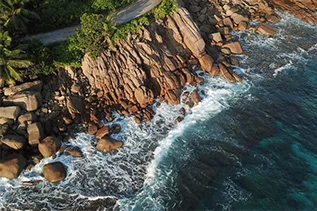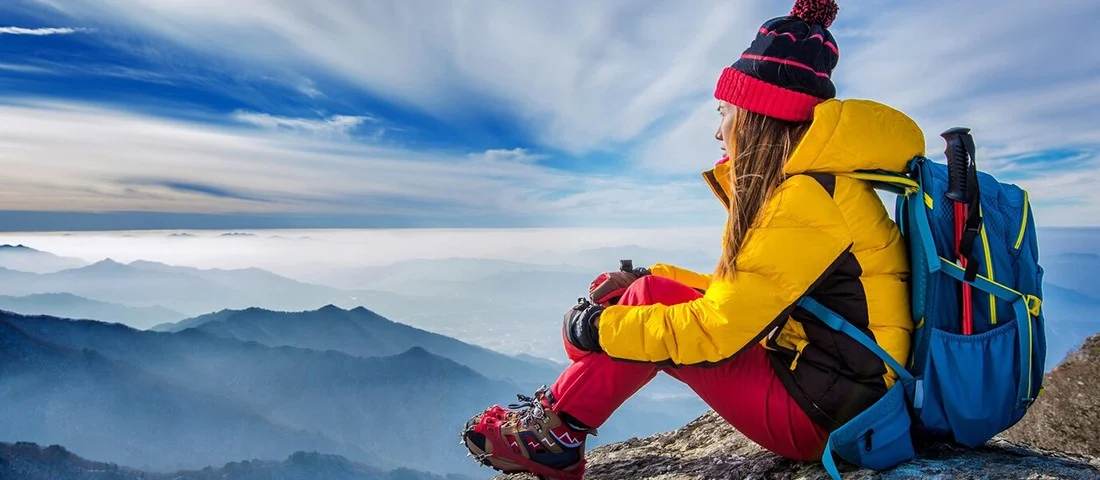10 Years Experience
Specialized in Camping & Trekking

Lincoln, New Hampshire
Franconia Notch State Park
Dogs are Welcome

Try out this 13.8-kilometer circular track in Lincoln, New Hampshire. Generally regarded as a difficult route. This is a popular hiking and snowshoeing location, so you'll almost certainly run into other people while exploring. The route is available all year and is a great place to come at any time. Dogs are welcome and can roam freely in some locations.
This incredibly popular climb in New Hampshire's White Mountains is one of the top day hikes in the area for a multitude of reasons. This fantastic climb begins at the Lafayette Campground in Franconia Notch State Park and offers some of the nicest vistas in New England! As an added bonus, you will ascend three peaks, including Mount Lafayette, the highest mountain outside the Presidential Range.
You'll begin by walking along the Falling Waters Trail, passing past Stairs Falls and then the larger Cloudland Falls. You'll reach Little Haystack Mountain after weaving your way up for a while further. This peak marks the confluence of the Franconia Ridge Trail and offers stunning views of the surrounding area.
You'll hike up a short ridge to the trip's final summit, Mt Lafayette. After reaching the summit of Mt Lafayette, take some time to take in the breathtaking views. Mount Washington and the remainder of the Presidential Range can be seen on a clear day.
You've earned your steady descent down the Greenleaf Trail, which leads to the Greenleaf Hut (which shutters during the winter) and Eagle Lake. Complete the loop by returning to the Lafayette Place East parking lot via the Old Bridal Path.
Due to the unpredictable weather and difficult terrain in the area, the park strongly advises that you bring a water bottle, hiking boots, and trekking poles. Visitors
You'll hike up a short ridge to the trip's final summit, Mt Lafayette. After reaching the summit of Mt Lafayette, take some time to take in the breathtaking views. Mount Washington and the remainder of the Presidential Range can be seen on a clear day.
Hiking in the winter will almost certainly necessitate the use of microspikes and the preparation of weather forecasts. Some sections are not clearly indicated, therefore you should obtain the offline map before you travel.
In all seasons, conditions in the Whites are exceedingly varied and can suddenly turn perilous. In the winter, this hike, in particular, can be quite perilous. The forest service advises all hikers to bring proper clothes, extra layers, extra food and water, and knowledge of hypothermia symptoms.